To change the permissions of a file, one uses the chmod command, with the following syntax chmod referencesoperatormodes filename The references are shorthand (u, g, or o) for each class The operator determines whether to add (), remove () or explicitly set (=) the particular permissions The modes are read (r), write (w), or execute (x)Group can read only;Add the file's owner permissions to the permissions that the members of the file's group have chmod gu filename;
It366 Lab 3
Chmod tableau
Chmod tableau-Control who can access files, search directories, and run scripts using the Linux's chmod command This command modifies Linux file permissions, which look complicated at first glance but are actually pretty simple once you know how they work chmod Modifies File PermissionsDirectory or file boss payroll other data rwx rx X file1 rwx rw chmod 751 data chmod 764 file1 chmod 754 data chmod 765 file1 chmod 765 data



Unix Permissions The Easy Way Index Of All Chmod Permutations By Semi Koen Towards Data Science
9 Comments Originally posted October 13, 14 Bash, Shell, Terminal, Command Line cheat sheets linux Ubuntu Set the permissions for a file or directory by using the chmod command Each row has 2 examples, one for setting that permission for a file, and one for a directory named 'dir'Sudo find /path/to/directory/ type d exec chmod 755 {} \;The following table provides a complete list of SQL Server permissions Azure SQL Database permissions are only available for base securables that are supported Server level permissions cannot be granted in Azure SQL Database, however in some cases database permissions are available instead
Causes them to be removed;Table of Contents By design, Linux is a multiuser operating system In an enterprise system, there would be multiple users accessing the same system But if any user could access and modify all files belonging to other users or system files, this would certainly be a security risk File permission;A widely used, often shorter, form of calling chmod is by use of the octal notation This is a combination of three numbers by which we can represent all combinations of access rights The following table shows the equivalent octal and symbolic notations
Table 1069 Options for the chmod command Option Description;PERMISSION COMMAND U G W rwx rwx rwx chmod 777 filename rwx rwx rx chmod 775 filename rwx rx rx chmod 755 filename rw rw r chmod 664 filename rw r r chmod 644 filename U = User G = Group W = World r = Readable w = writable x = executable = no permissionThe UNIX chmod command The UNIX chmod command (pronounced ?schmod?) is used to change the execution permissions of a UNIX file The chmod command is based on the permissions we covered in the umask section, and the chmod permissions can be assigned either by number (Table 4) or by a letter value
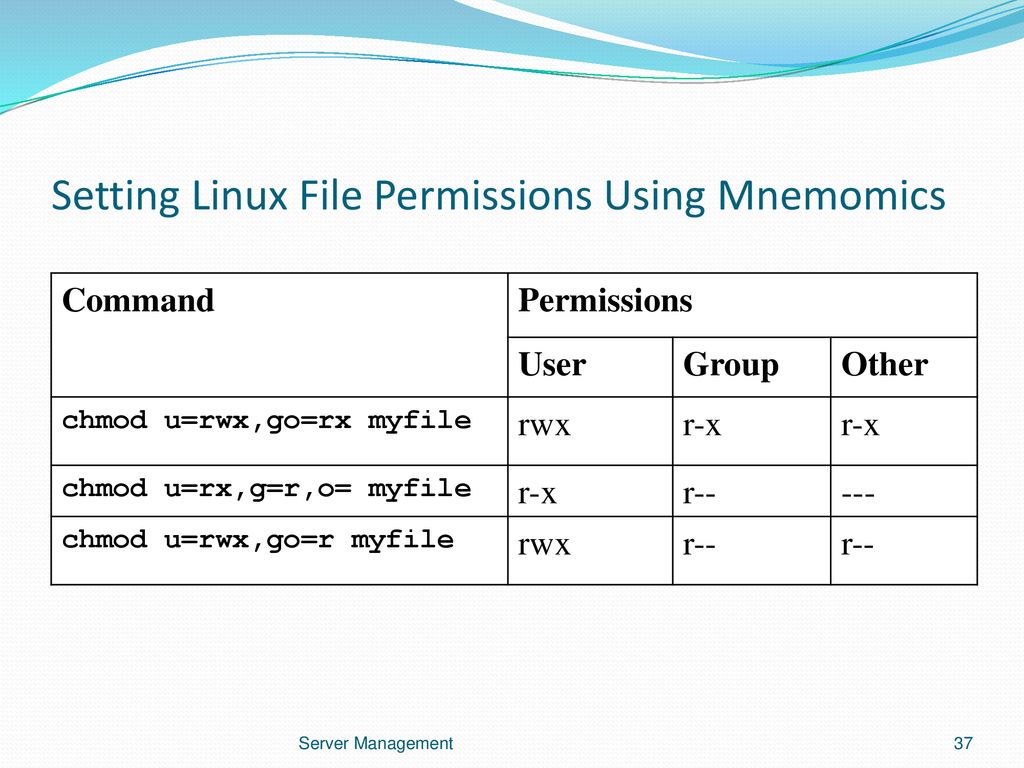


The University Of Akron College Of Applied Science Technology Dept Ppt Download



Chapter Eight Exploring The Unix Utilities Slideshow And Powerpoint Viewer Lesson A Using The Unix Utilities 2 Objectives Understand What Unix Utilities Are Available And The Classifications O
The permissions passed as an argument to chmod are specified as an octal value Each numeral in the value represents three bits Each numeral in the value represents three bits If three numerals are given, you're setting the read, write and execute bits for the file's owner, group and others (everyone else)How would one set the permission codes for data and file1 using the numeric codes according to the table below if the owner of file1 and data is the user boss and they belong to the group payroll?Chmod Calculator is a free utility to calculate the numeric (octal) or symbolic value for a set of file or folder permissions in Linux servers How to use Check the desired boxes or directly enter a valid numeric value (eg 777) or symbolic notation (eg rwxrwxrwx) to see its value in other formats
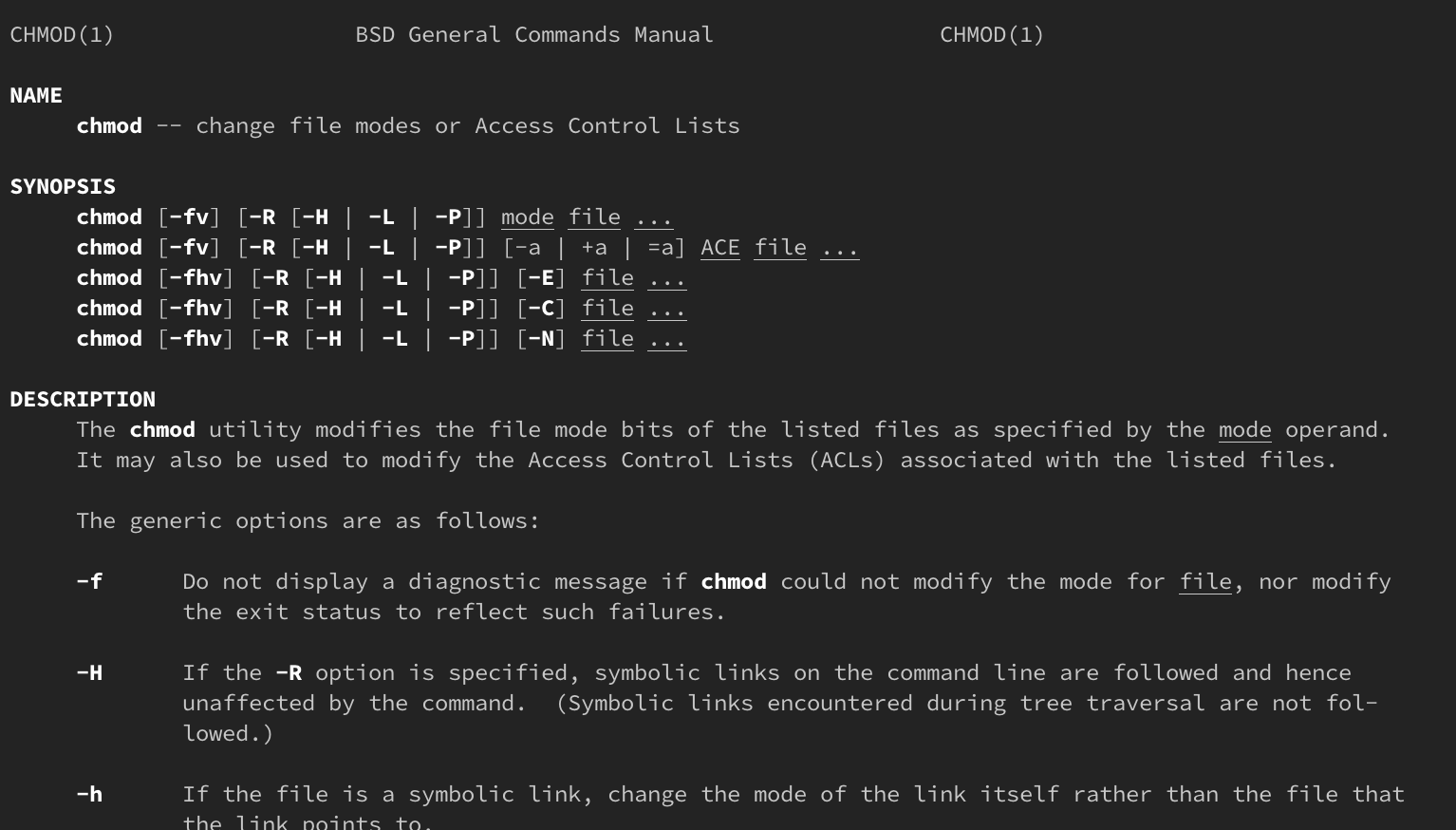


How Do Linux Permissions Work



Cross Protocol Permissions Xpp Qumulo Care
The difference is what permissions get set and which mode you use to set them With chmod x you set the executable bit for all the owner, the owner group, and the other users This is known as symbolic mode To quote the man chmod The operator causes the selected file mode bits to be added to the existing file mode bits of each file;Changing file permissions with chmod command using alphabetical notation To change file permissions using alphabetical notation, use the syntax below chmod user type(u/g/o/a) add/revoke(/) permission type(r/w/x) For instance to change permissions of the owner of a file to read and write, execute chmod urw file1txt6 Read write permissions 4 Read only permissions 0 No permissions u Owner permissions, used with r or w g Group permissions, used with r or w o Other user permissions, used with r or w a All user permissions, used with r or w



Chmod 777 What Does It Really Mean Make Tech Easier



Chapter 4 Understanding Users And File Systems Ppt Download
A widely used, often shorter, form of calling chmod is by use of the octal notation This is a combination of three numbers by which we can represent all combinations of access rights The following table shows the equivalent octal and symbolic notationsThe UNIX chmod command The UNIX chmod command (pronounced ?schmod?) is used to change the execution permissions of a UNIX file The chmod command is based on the permissions we covered in the umask section, and the chmod permissions can be assigned either by number (Table 4) or by a letter valueCauses them to be removed;


It366 Lab 3



File Permission Meanings Stack Overflow
There are two ways to use chmod — the symbolic mode and the absolute mode Using chmod in Symbolic Mode The easiest way for a beginner to modify file or directory permissions is to use the symbolic mode With symbolic permissions you can add, delete, or specify the permission set you want by using the operators in the following tableThe only other possible benefit I see octal bringing to the table is a lack of ambiguity The 8 different permission bit configurations are represented by a single distinct number, chmod R 666 /var/www find /var/www type d exec chmod 777 {} \;Unix chmod permissions tableChmod 2xxx file (xxx refers to regular read, write, and execute permissions) chmod ot file or chmod 1xxx file (xxx refers to regular read, write, and execute permissions) Note Sticky bit permissions are almost always set to the octal value of 1777 Remove chmod us file or chmod 0xxx file chmod gs file or chmod 0xxx
/GettyImages-1021092796-ea8c63ee76f84bd5bf98c4222337fbb4.jpg)


Chmod Octal Chart Zerse
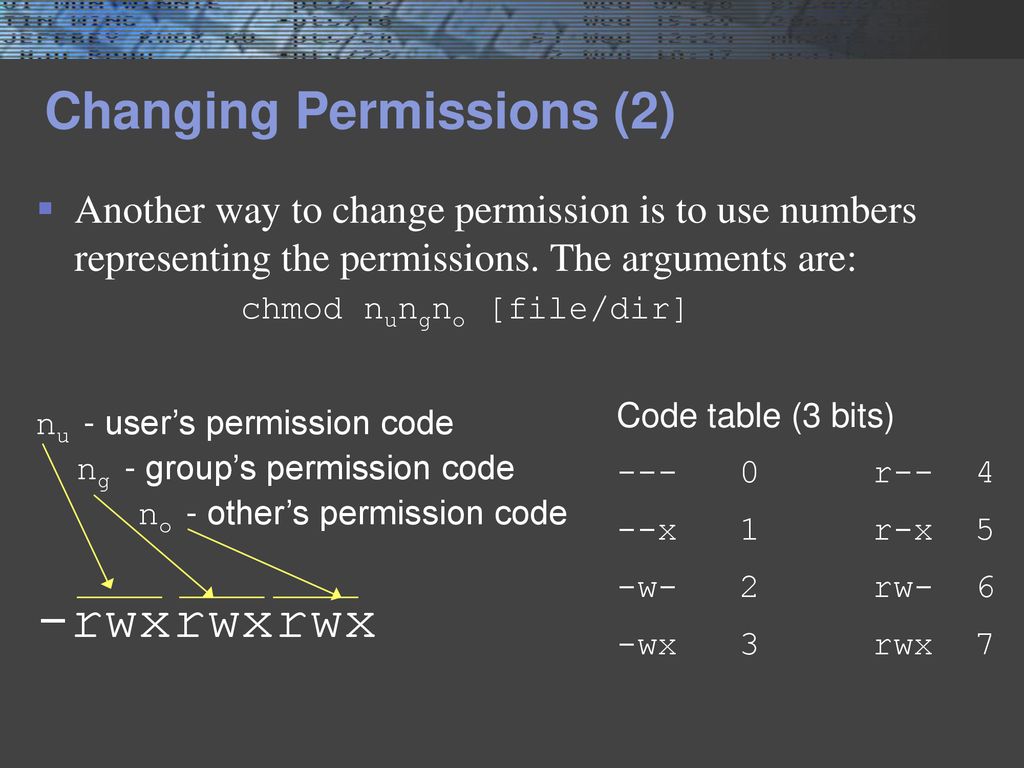


Shell Programming Ppt Download
Examples chmod 644 filehtm Set the permissions of filehtm to "owner can read and write;Others can read only" chmod R 755 myfiles Recursively (R) Change the permissions of the directory myfiles, and all folders and files it contains, to mode 755 User can read, write, and execute;Numeric Method # The syntax of the chmod command when using numeric method has the following format
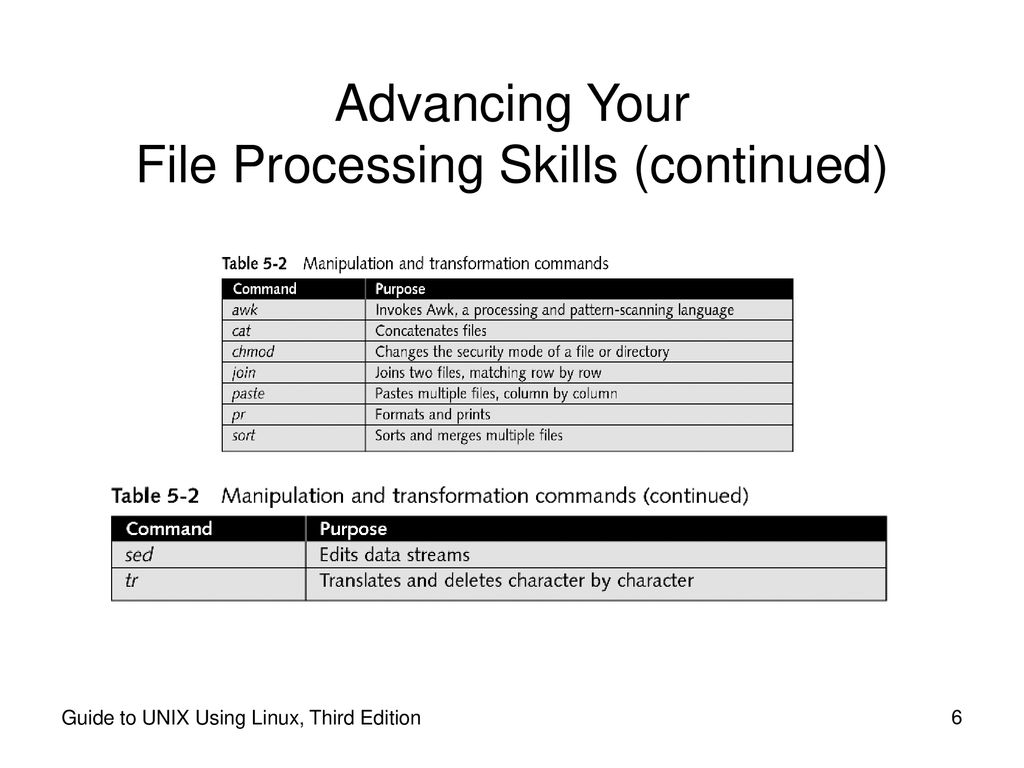


Guide To Unix Using Linux Third Edition Ppt Download
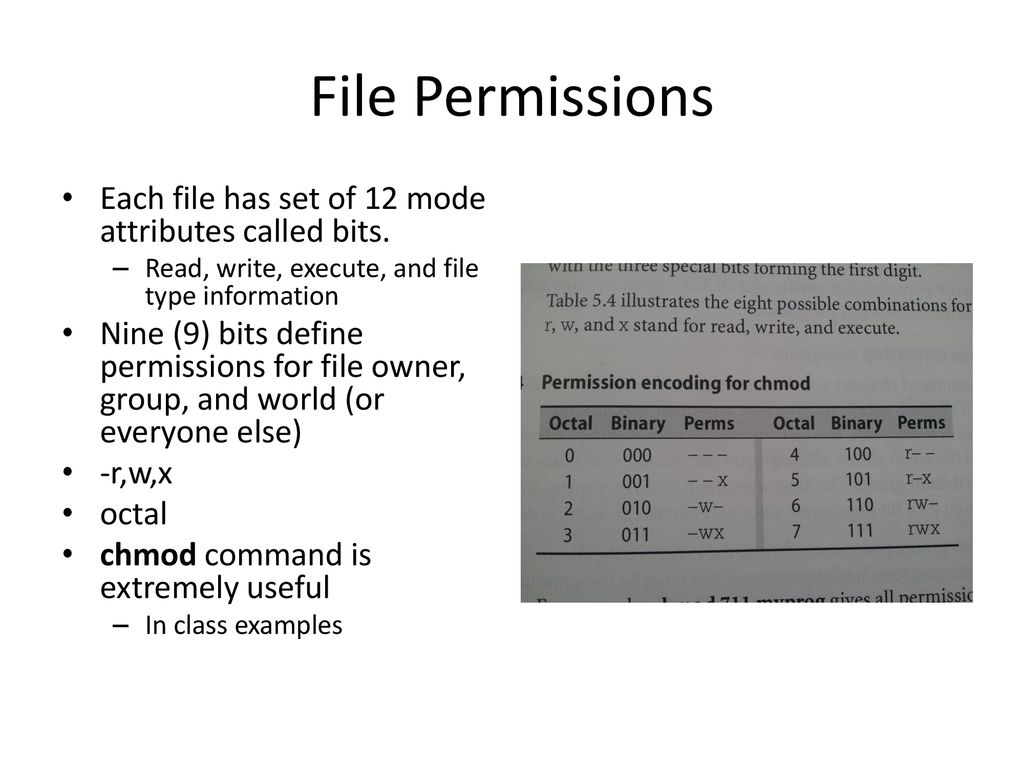


Perl Scripting And The File System Ppt Download
In Unix and Unixlike operating systems, chmod is the command and system call which is used to change the access permissions of file system objects It is also used to change special mode flags The request is filtered by the umask The name is an abbreviation of change mode Modes are the filesystem permissions given to "user", "group" and "others" classes to access files under Unix They are shown when listing files in long format, or, if accesscontrol lists are in use, using getfacl Modes cIf, however, you were using the mnemonic form you could give it a "recipe"If, however, you were using the mnemonic form you could give it a "recipe"



Comp 6 Study Guide Fall 16 Midterm File Allocation Table Unix Philosophy Chmod



Shell Tutorial Part 9 Changing Permissions Youtube
Group can read only;You can think of the three digit sequence as the sum of attributes you select from the following tableAll of them are listed in man chmod, but I will type them out here as well I am assuming you don't want the binary codes, though I quite like them, so here are the text codes u = user g = group o = other (not user or group) a = all = add permissions = remove permissions r = read w = write x = execute t = sticky bit



The University Of Akron College Of Applied Science Technology Dept Ppt Download



Generation Of Linux Commands Using Natural Language Descriptions Semantic Scholar
The difference is what permissions get set and which mode you use to set them With chmod x you set the executable bit for all the owner, the owner group, and the other users This is known as symbolic mode To quote the man chmod The operator causes the selected file mode bits to be added to the existing file mode bits of each file;Group members and other users can read and execute, but cannot writeCHMOD Permissions Reference Chart by David · September 18, 12 This is how I remember permissions and most likely, it will help you remember it as well User Group Other Read 4 4 4 Write 2 2 2 Execute 1 1 1 U G O X X X Chmods 777 = rwxrwxrwx 755 = rwxrxrx 644 = rwrr 700 = rwx 750 = rwxrx



Table 19 1 From Linux Rute User S Tutorial And Exposition Semantic Scholar
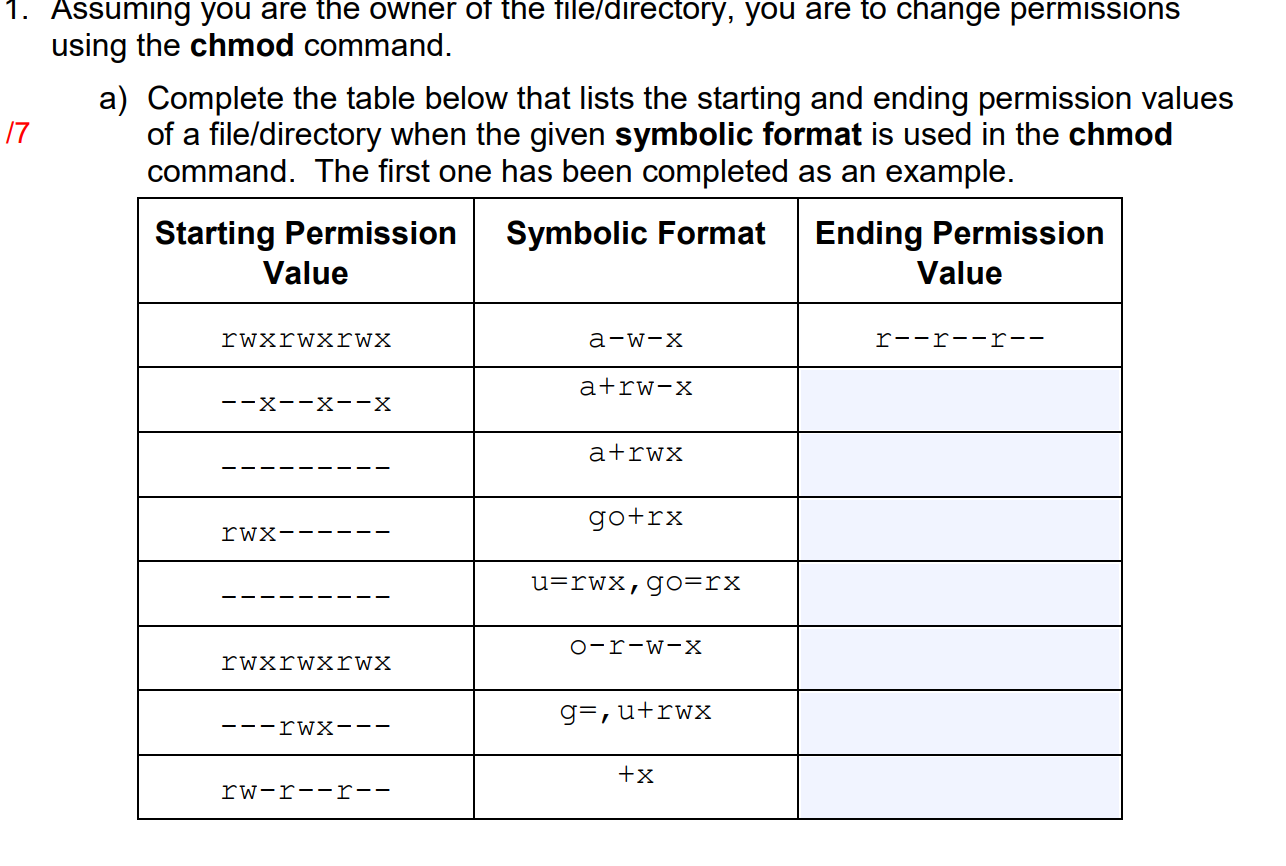


Solved 1 Assuming You Are The Owner Of The File Director Chegg Com
The chmod command uses a threedigit code as an argument The three digits of the chmod code set permissions for these groups in this order Owner (you) Group (a group of other users that you set up) World (anyone else browsing around on the file system) Each digit of this code sets permissions for one of these groups as followsIn Linux, you will often need to make use of the chmod command Chmod stands for "Change Mode" and is used to modify the permissions of files and directories in a Linux based system By using this command, we can set the read, write, and execute permissions for all three of the permission groups (Owner, Group and Other) in Linux The command is relatively simple to use and involves using3 chmod examples Syntax and Options Related Commands chmod stands for change mode, which changes the file or directory mode bits To put it simply, use chmod command to change the file or directory permissions Following is a sample of ls l command output In this, the 9 characters from 2nd to



Pdf Disconnected Operation In A Distributed File System Semantic Scholar



A Complete Guide On Wordpress Filesystem Permissions And Ownerships Codediesel
Changing Owner/Group Change Owner/Group of a File sudo chown usernamegroupname filenametxt Change Owner/Group of All Files/Directories To change the owner and group of all files and directories recursively within a directoryChmod 4766 filename To set the setgid bit along with 776 chmod 2776 filename To set sticky bit along with 766 chmod 1776 fileanme To set both setuid(2) and setgid(4) along with 766, prepend with 6 ie 24 chmod 6766 filename Umask Configuring Default File / Directory PermissionsThe chmod command changes the access permissions of files and folders The chmod command, like other commands, can be executed from the command line or through a script file If you need to list a file's permissions, use the ls command Mykyta Dolmatov / Getty Images
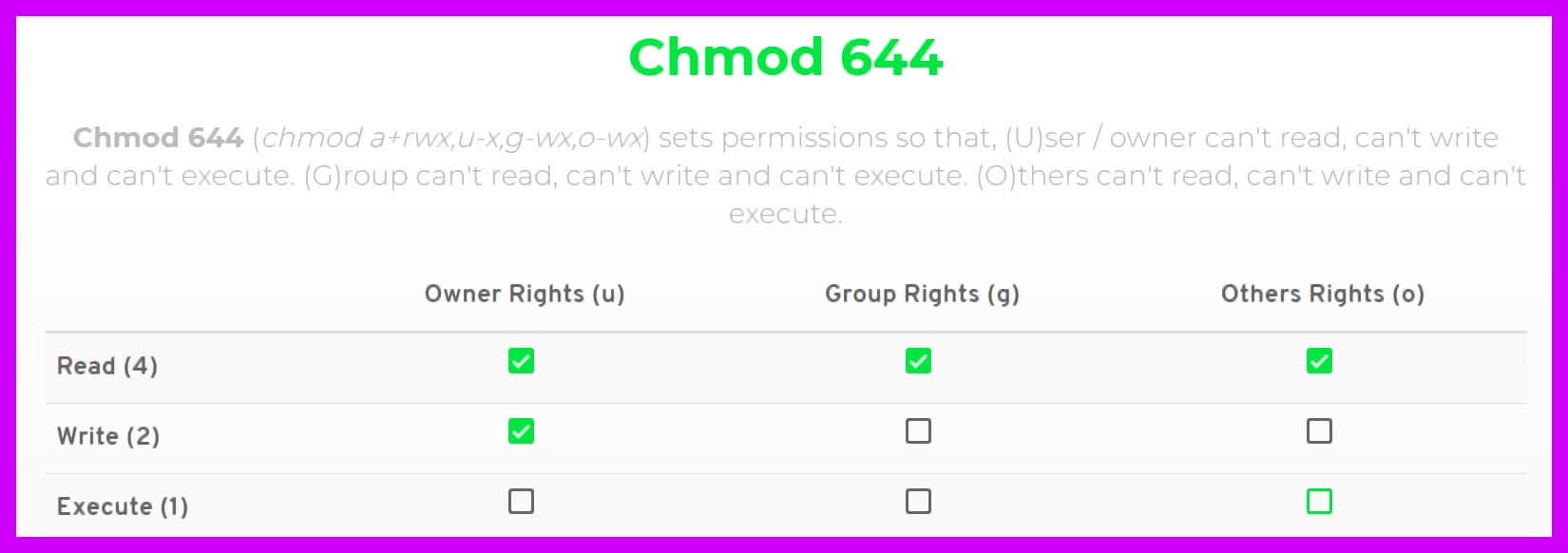


Chmod 777 A Definitive Guide To File Permissions



Wordpress Security Resources Security
Examples chmod 644 filehtm Set the permissions of filehtm to "owner can read and write;And = causes them to beDefinition and Usage The chmod() function changes permissions of the specified file Syntax
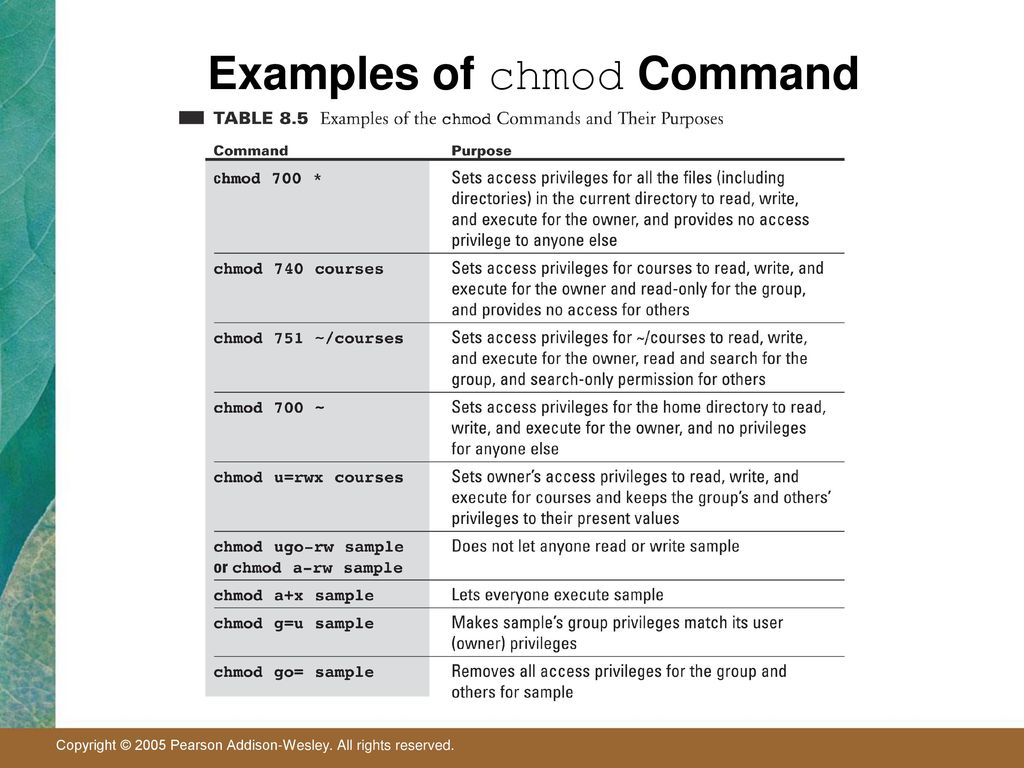


Chapter 8 File Security Ppt Download
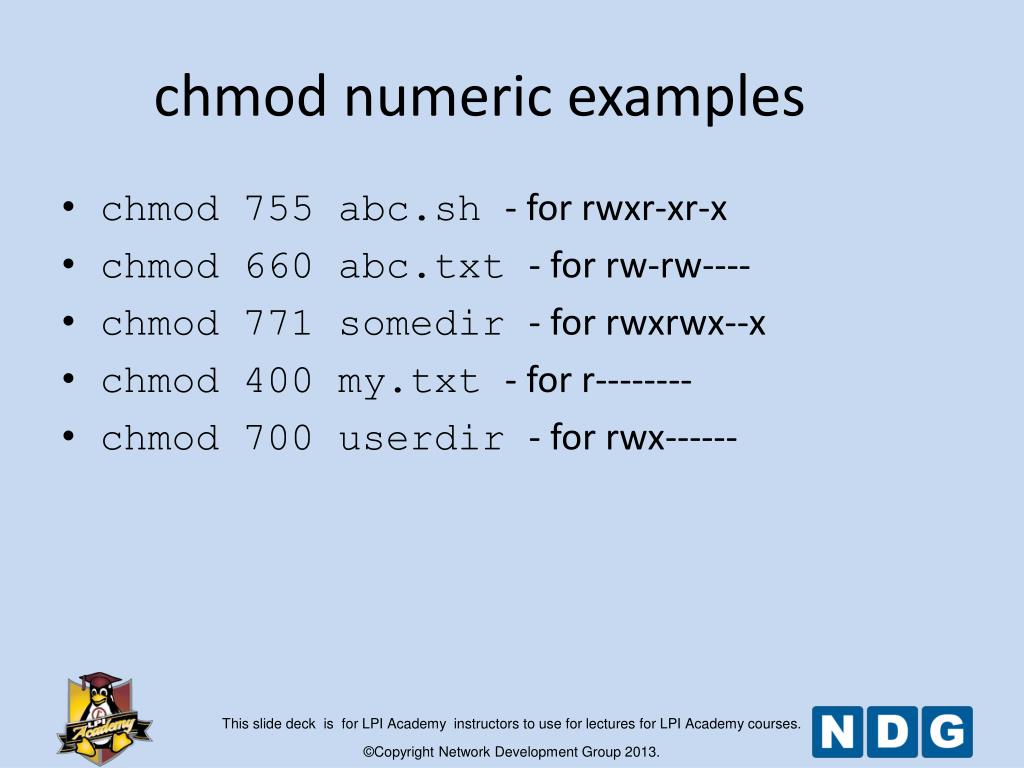


Ppt Module 15 Ownership And Permissions Powerpoint Presentation Free Download Id
The chmod command A normal consequence of applying strict file permissions, and sometimes a nuisance, is that access rights will need to be changed for all kinds of reasons We use the chmod command to do this, and eventually to chmod has become an almost acceptable English verb, meaning the changing of the access mode of a fileSudo chmod R 777 Right now you are trying to set 777 permission on a file named R which of course does not exist Share Follow answered Aug 19 '16 at 1607 Cyclonecode Cyclonecode 257k 11 11 gold badges 65 65 silver badges bronze badges 2 Ok, this explained I've seen a lot of other people messing up the order as wellThe chmod command is used to alter the permissions of a file It may be used to add or remove permissions symbolically For example, to add execute permissions for the owner of a file you would run $ chmod ux file_name



Pdf Disconnected Operation In A Distributed File System Semantic Scholar



Table 4 From Modeling And Preventing Tocttou Vulnerabilities In Unix Style File Systems Semantic Scholar
Chmod is a very helpful command to change the file permissions of a file or a folder in any UNIXlike operating system Let's say you are currently in the root directory of your Unixlike system and you want to change the file permissions of a folder and all of the other files and subdirectories present inside that folderChmod 777 filename sudo chmod 777 /var/www/ sudo chmod R 777 /var/www/ In the picture above, you can see that the output starts with the dr syntax, and it has the wxr syntaxes along with it, which means that the target path is a directory and it has the write, execute, and read permissionPermission bits Select the permissions you require below The tool will provide you with an octal code that corresponds to these permissions which can then be applied to relevant directories and files with chmod
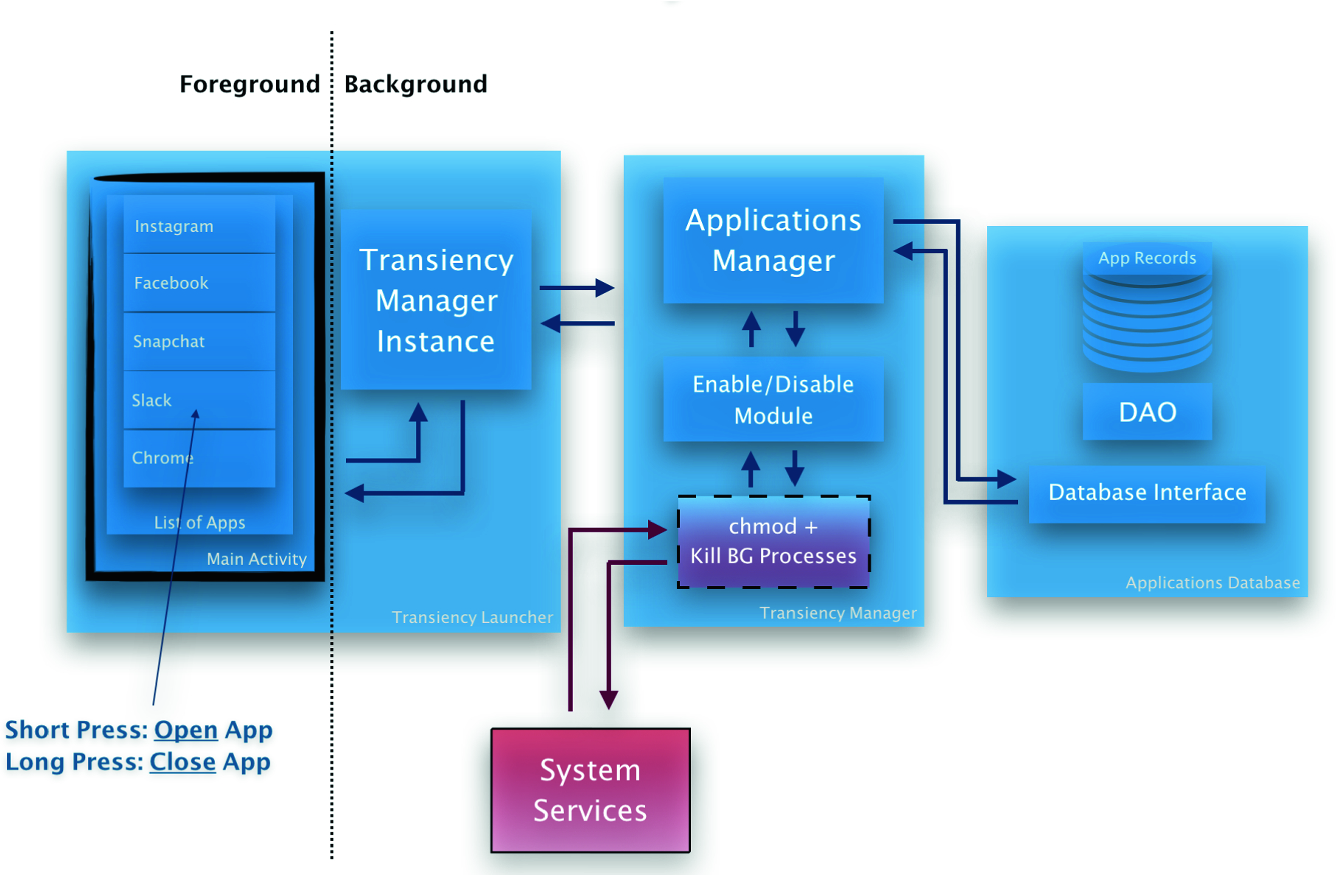


Application Transiency Towards A Fair Trade Of Personal Information For Application Services Springerlink



Chmod 777 Your Mom Poster By Gengns Redbubble
3 chmod examples Syntax and Options Related Commands chmod stands for change mode, which changes the file or directory mode bits To put it simply, use chmod command to change the file or directory permissions Following is a sample of ls l command output In this, the 9 characters from 2nd toThe only other possible benefit I see octal bringing to the table is a lack of ambiguity The 8 different permission bit configurations are represented by a single distinct number, chmod R 666 /var/www find /var/www type d exec chmod 777 {} \;To grant read, write, and execute permissions on the current directory to yourself only, you would use chmod 700 ;
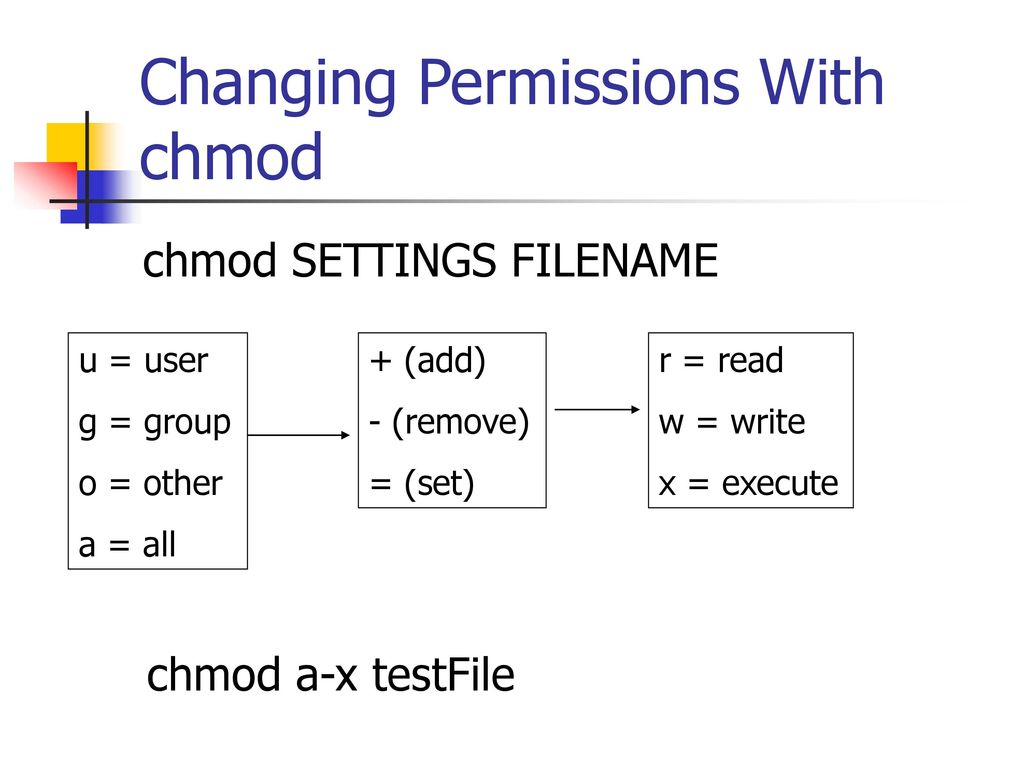


Introduction To Unix Cs Ppt Download



Ppt Linux Useful System Calls And Library Functions Selected From Chapters 1 To 5 From The Book Powerpoint Presentation Id
Changing file permissions with chmod command using alphabetical notation To change file permissions using alphabetical notation, use the syntax below chmod user type(u/g/o/a) add/revoke(/) permission type(r/w/x) For instance to change permissions of the owner of a file to read and write, execute chmod urw file1txtView (u)ser, (g)roup and (o)thers permissions for chmod 750 (chmod arwx,gw,orwx) or use free online chmod calculator to modify permissions easilyGroup members and other users can read and execute, but cannot write



Slides Show



File Permission Meanings Stack Overflow
Chmod 777 filename sudo chmod 777 /var/www/ sudo chmod R 777 /var/www/ In the picture above, you can see that the output starts with the dr syntax, and it has the wxr syntaxes along with it, which means that the target path is a directory and it has the write, execute, and read permissionSudo chmod R 777 Right now you are trying to set 777 permission on a file named R which of course does not exist Share Follow answered Aug 19 '16 at 1607 Cyclonecode Cyclonecode 257k 11 11 gold badges 65 65 silver badges bronze badges 2 Ok, this explained I've seen a lot of other people messing up the order as wellThe command to address this issue is "chmod" There is more than one way to change permissions, but I prefer the OCTAL code method This method can be memorized easily using the following table



Top 50 Linux Commands You Must Know Journaldev



Suse Linux Toolbox 1000 Commands For Opensuse And Suse Linux Enterprise Semantic Scholar
We will use chmod(1) (which means "change mode") to set the permissions on the example file Add the octal numbers for the permissions you want For the owner to have read, write, and execute, we would have a value of 7 Read and execute would have 5 Run those together and pass them to chmod like thisOthers can read only" chmod R 755 myfiles Recursively (R) Change the permissions of the directory myfiles, and all folders and files it contains, to mode 755 User can read, write, and execute;Add a sticky bit to a given directory chmod ot dirname;
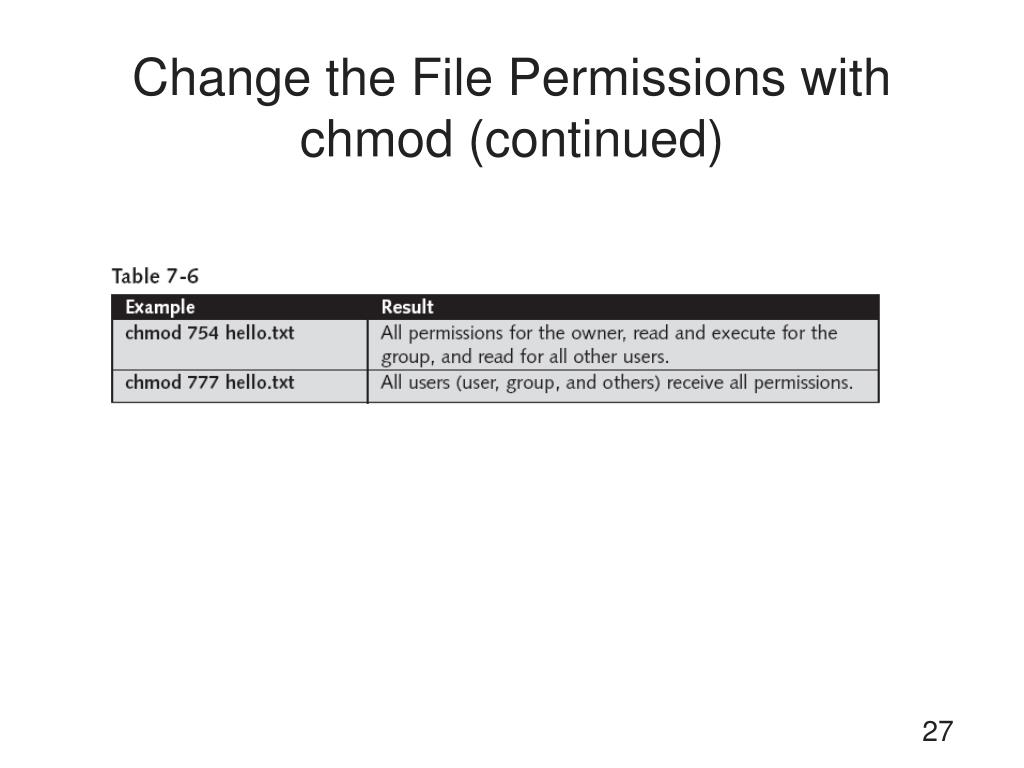


Ppt Linux Use The Command Line Interface To Administer The System Powerpoint Presentation Id



Cit 480 Securing Computer Systems Ppt Download
And = causes them to beUnix chmod permissions tableChmod 2xxx file (xxx refers to regular read, write, and execute permissions) chmod ot file or chmod 1xxx file (xxx refers to regular read, write, and execute permissions) Note Sticky bit permissions are almost always set to the octal value of 1777 Remove chmod us file or chmod 0xxx file chmod gs file or chmod 0xxxUnderstanding file ownership and
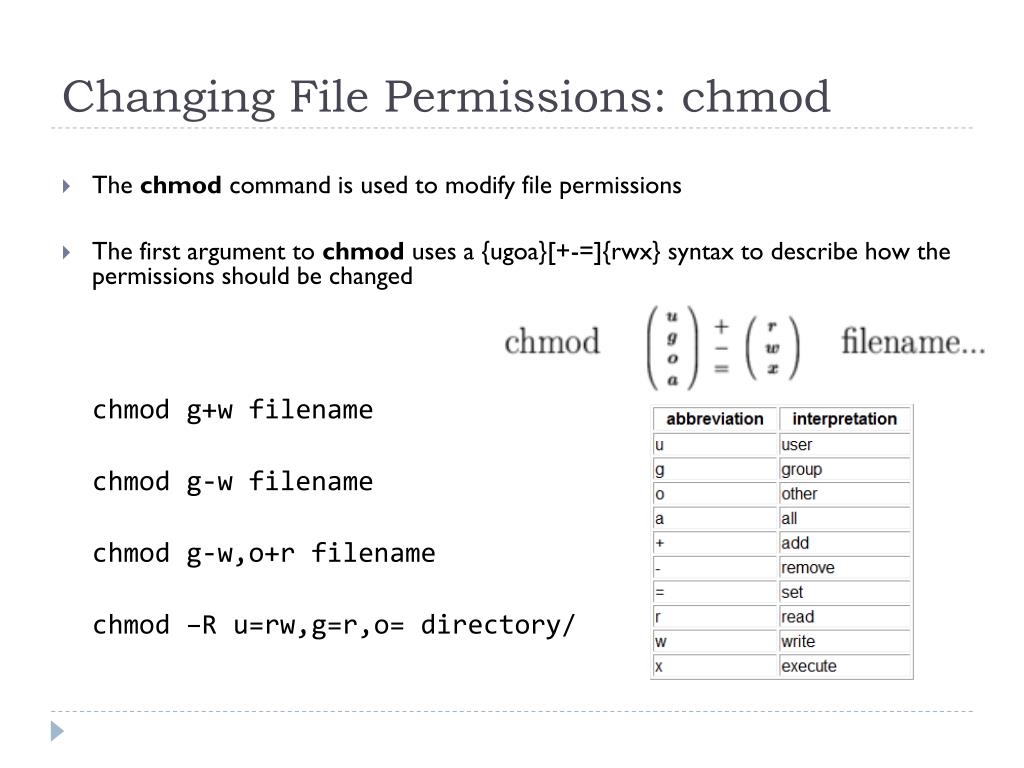


Ppt Permissions Powerpoint Presentation Free Download Id
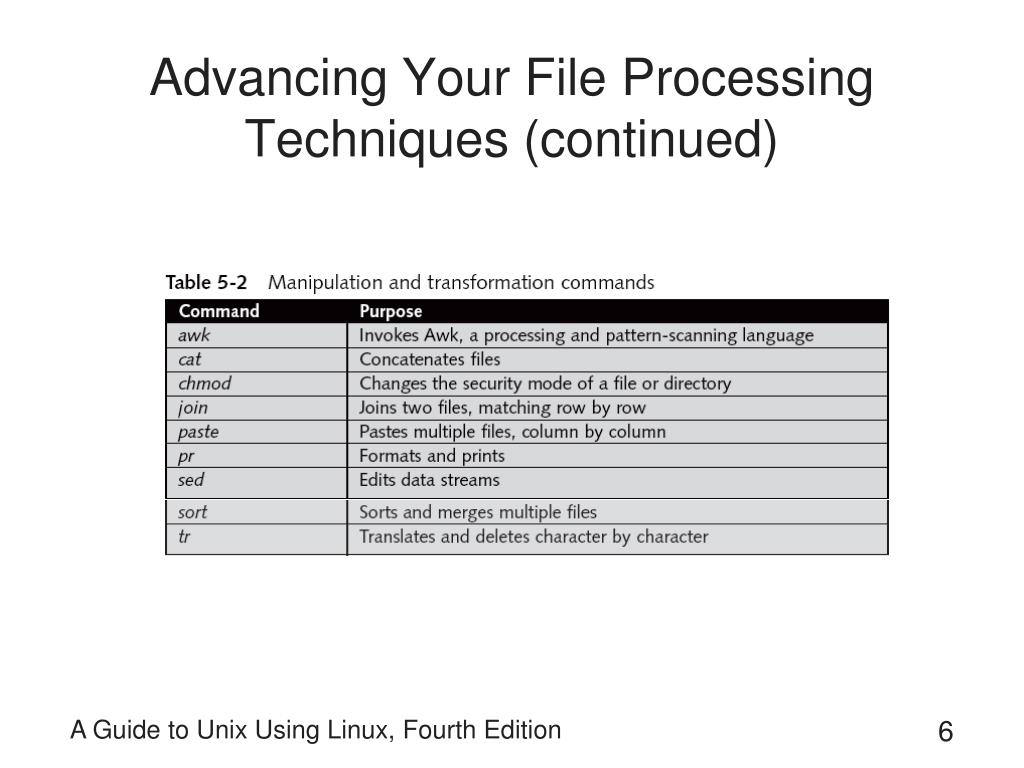


Ppt A Guide To Unix Using Linux Fourth Edition Powerpoint Presentation Id
Chmod is a command line utility that is used for manually managing the access and permissions to files and directories on Linux, Mac, and other Unix like operating systems According to the man page document for chmod "The chmod utility modifies the file mode bits of the listed files as specified by the mode operand It may also be used to modify the Access Control Lists (ACLs) associatedChmod is a command line utility that is used for manually managing the access and permissions to files and directories on Linux, Mac, and other Unix like operating systems According to the man page document for chmod "The chmod utility modifies the file mode bits of the listed files as specified by the mode operand It may also be used to modify the Access Control Lists (ACLs) associatedTable of Contents Sooner or later in the Linux world, you will have to change the permission on a file or directory This is done with the chmod command In this article, I'll share with you some of the practical examples of chmod command
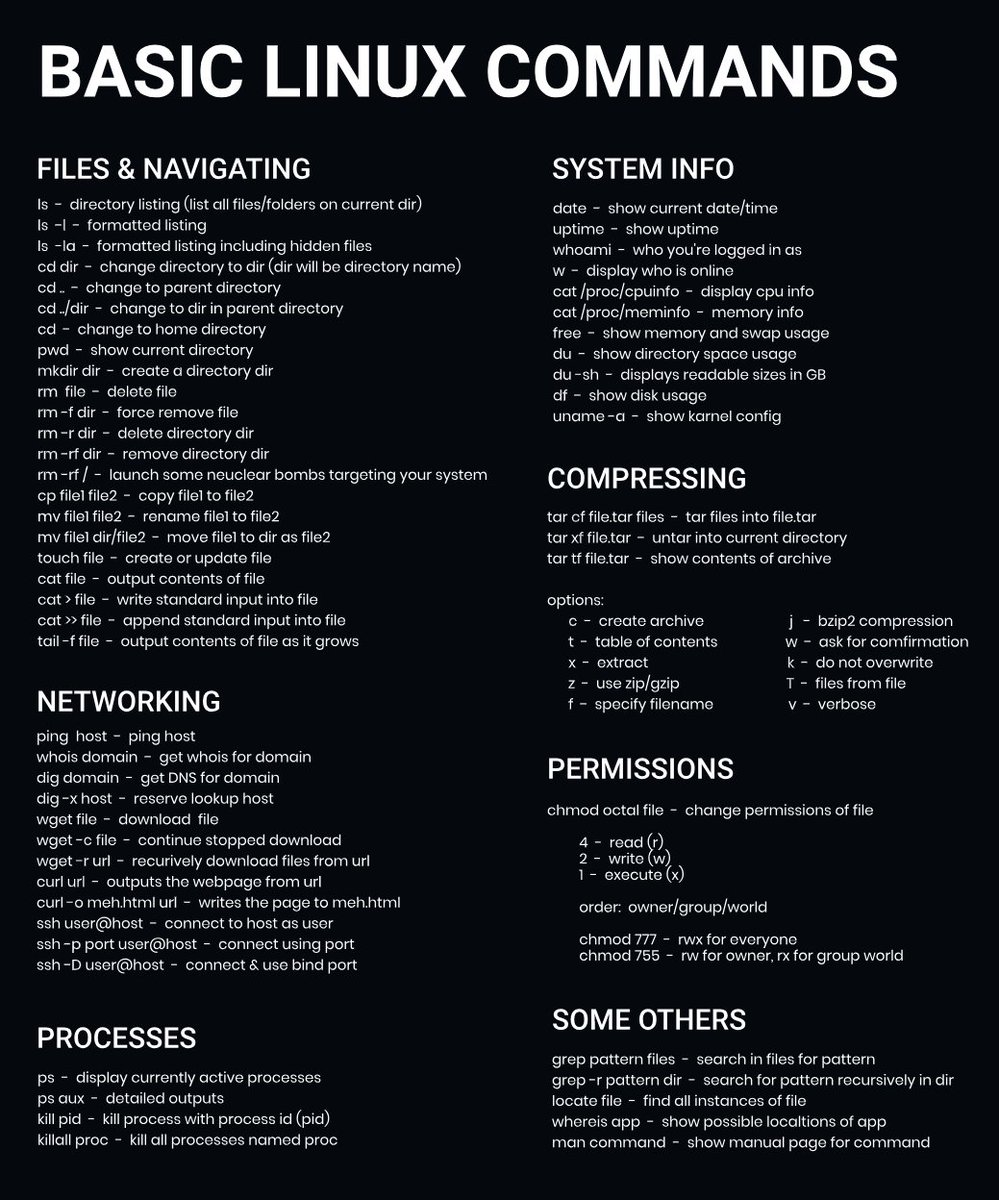


The Best Linux Blog In The Unixverse Basic Linux Commands Very Useful For New Linux Users Opensource



Linux Mind Map Programmer Sought


Serg Iakovlev



The University Of Akron College Of Applied Science Technology Dept Ppt Download
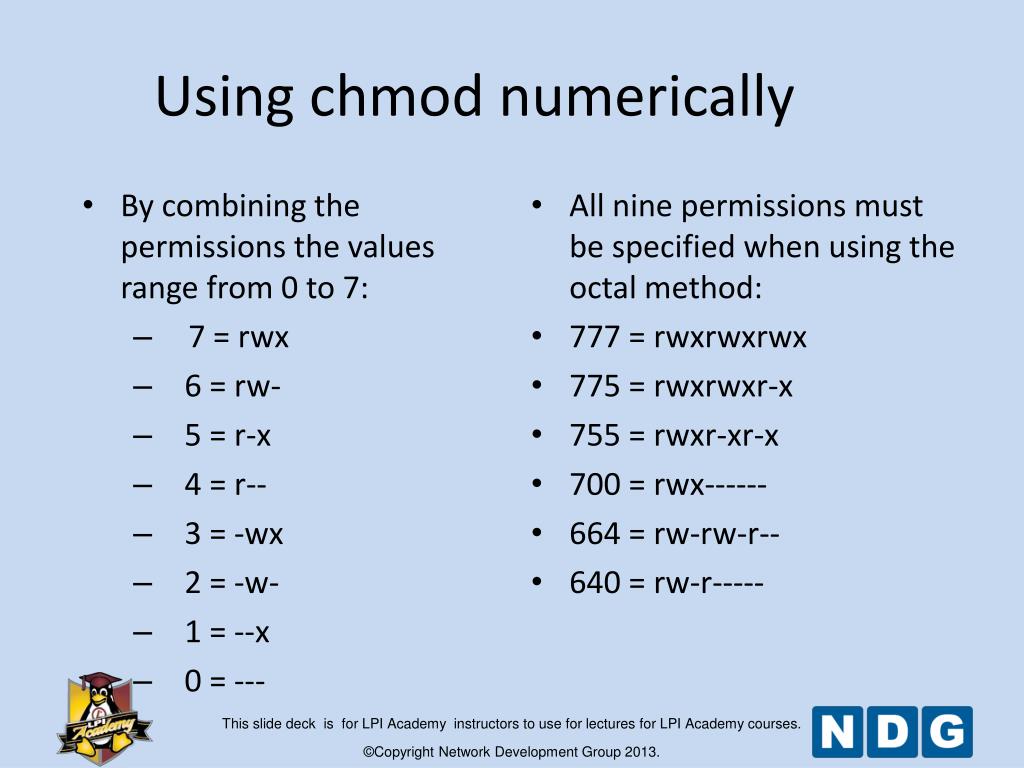


Ppt Module 15 Ownership And Permissions Powerpoint Presentation Free Download Id



Aws Ec2 Connect To Linux Instance Using Ssh By Michael Galarnyk Medium
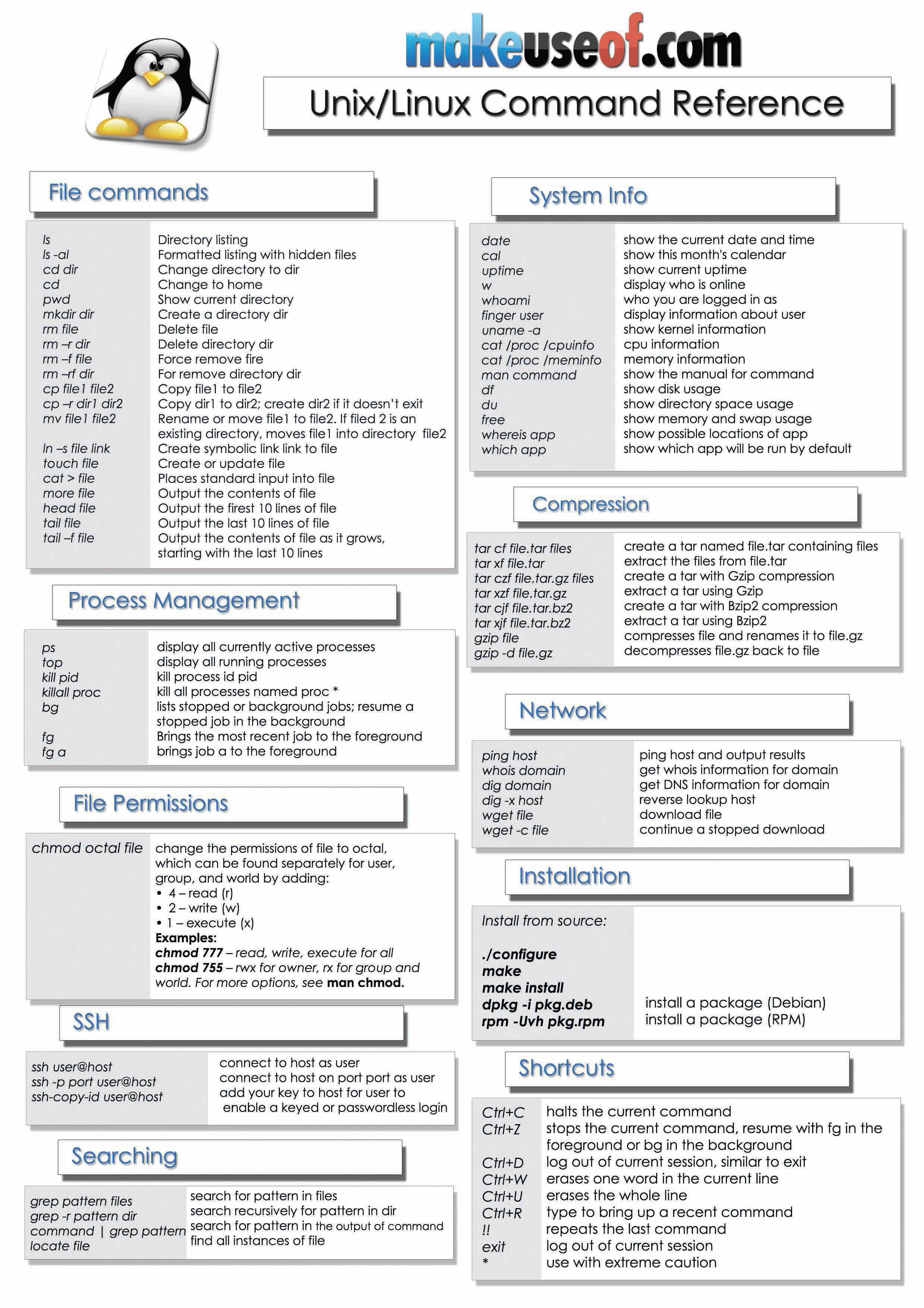


Ten Of The Best Cheat Sheets For First Time Linux Admins



Midterm 1


Install And Configure Vmware Umds On Linux Vgeek Tales From Real It System Administration Environment



February 15 Computothought
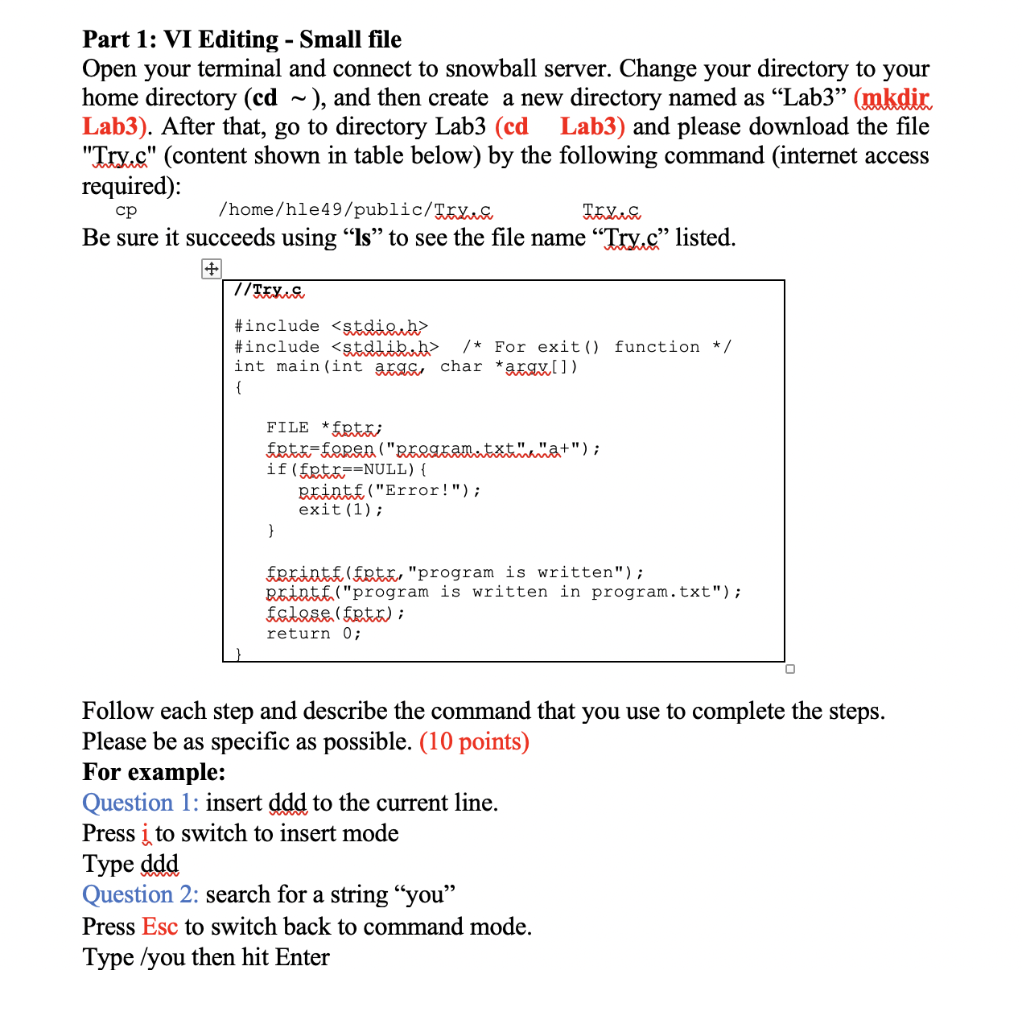


Please Help Me Out This All I Will Give You Helpf Chegg Com



Sticky Bit In Linux



Replication Based Cyber Foraging And Automated Configuration Management Semantic Scholar


Basic Linux Commands Ubuntu
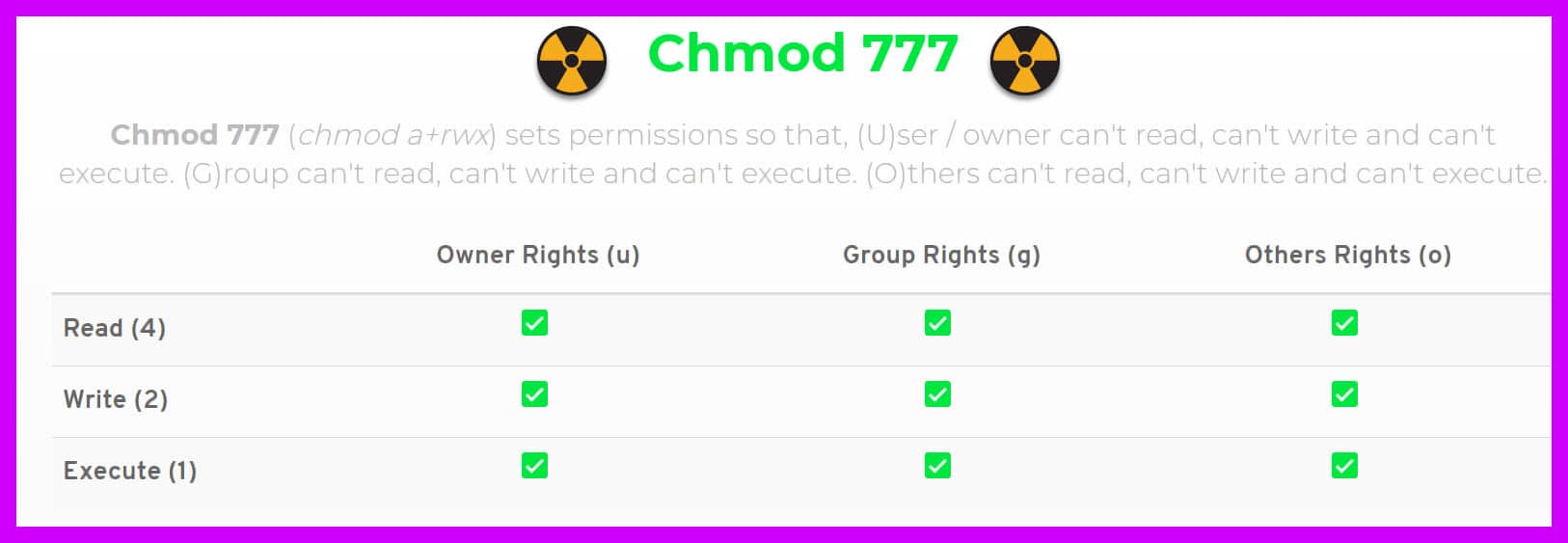


Chmod 777 A Definitive Guide To File Permissions



Chmod Octal Chart Zerse



Chmod X Explained Everything You Need To Know



Directory Listing Of Api Legiscan Com Dl



Linux Terminal File Permissions Chmod Chown And Chgrp Linux Line Tools Thing 1
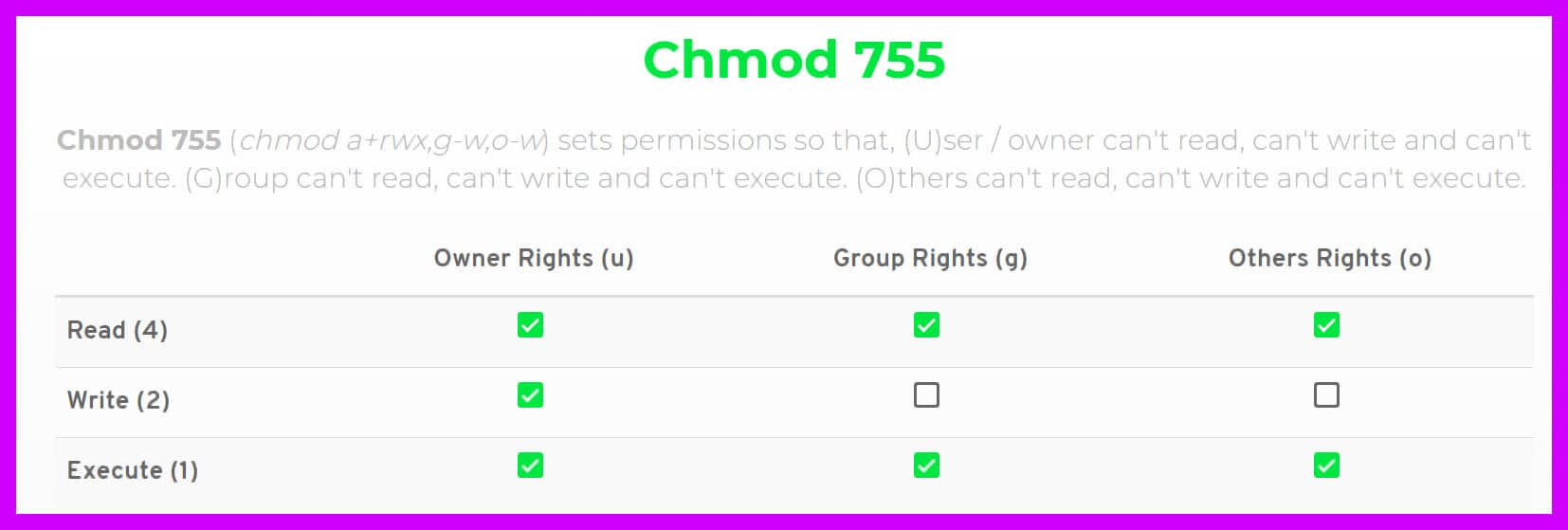


Chmod 777 A Definitive Guide To File Permissions



Unix Permissions The Easy Way Index Of All Chmod Permutations By Semi Koen Towards Data Science
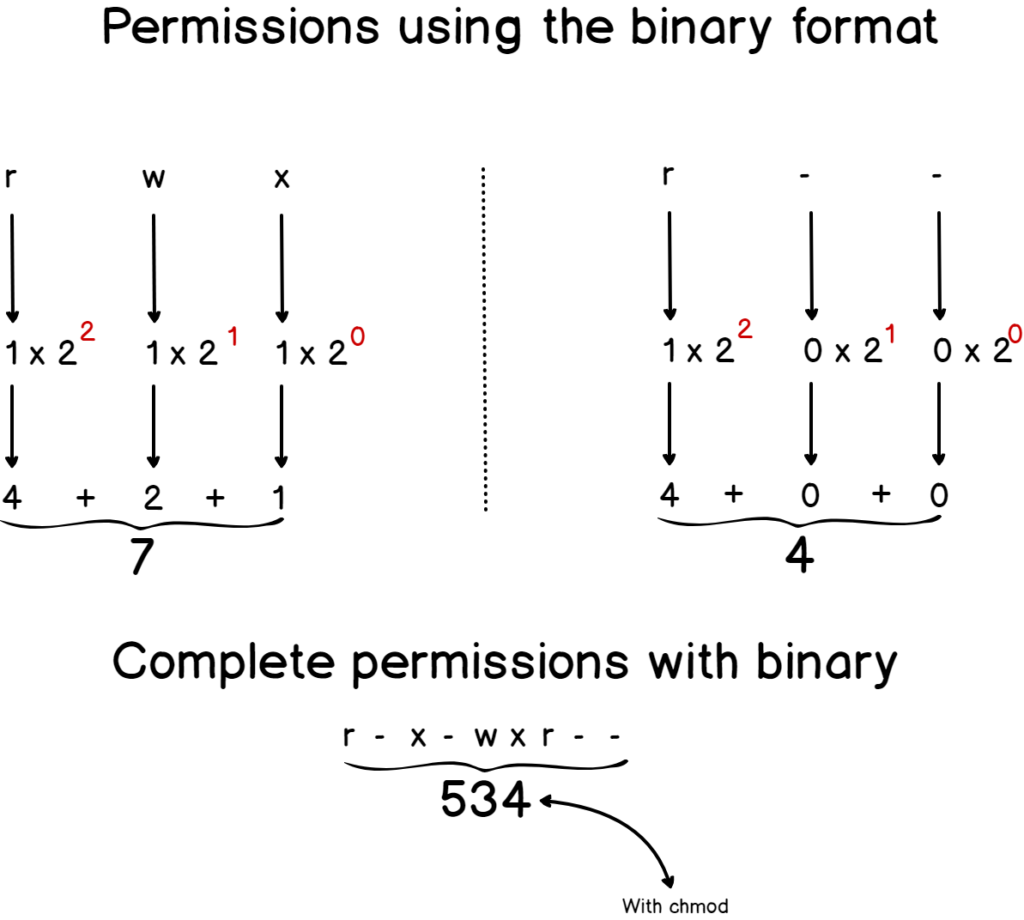


Linux File Permissions Complete Guide Devconnected



Chmod Change Mode Of A File Or Directory In Unix Youtube



Linux Commands Cheat Sheet Definitive List With Examples



D 6 Permission Issues And How To Troubleshoot Engineering Libretexts



3 Ways To Protect The Wordpress Configuration File



The University Of Akron College Of Applied Science Technology Dept Ppt Download



How To Run Unix Shell Command In Java Like Chmod Mkdir Grep Or Any Unix Commands Javaprogramto Com



Implementing File System Security Get Certified Get Ahead



How To Use Chmod Command In Linux Explained With Examples



Command Line Chmod Reloaded Pl


I Made This Chmod Cheat Sheet And Thought It Might Be Useful Linux4noobs



Basic Linux Commands



Linux File Permissions Programmer Sought



System Administration Drt Sh Execute Your Inner Shell
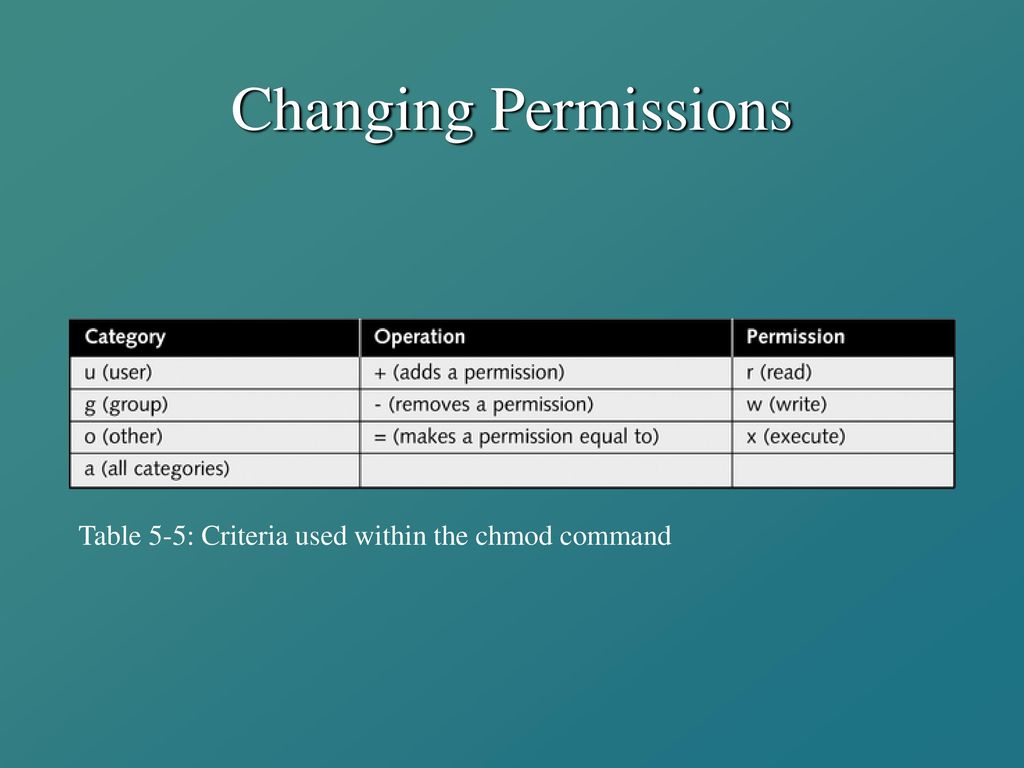


Linux Filesystem Management Ppt Video Online Download



Apply Chmod To A Folder Its Contents Sub Directories Wtmatter
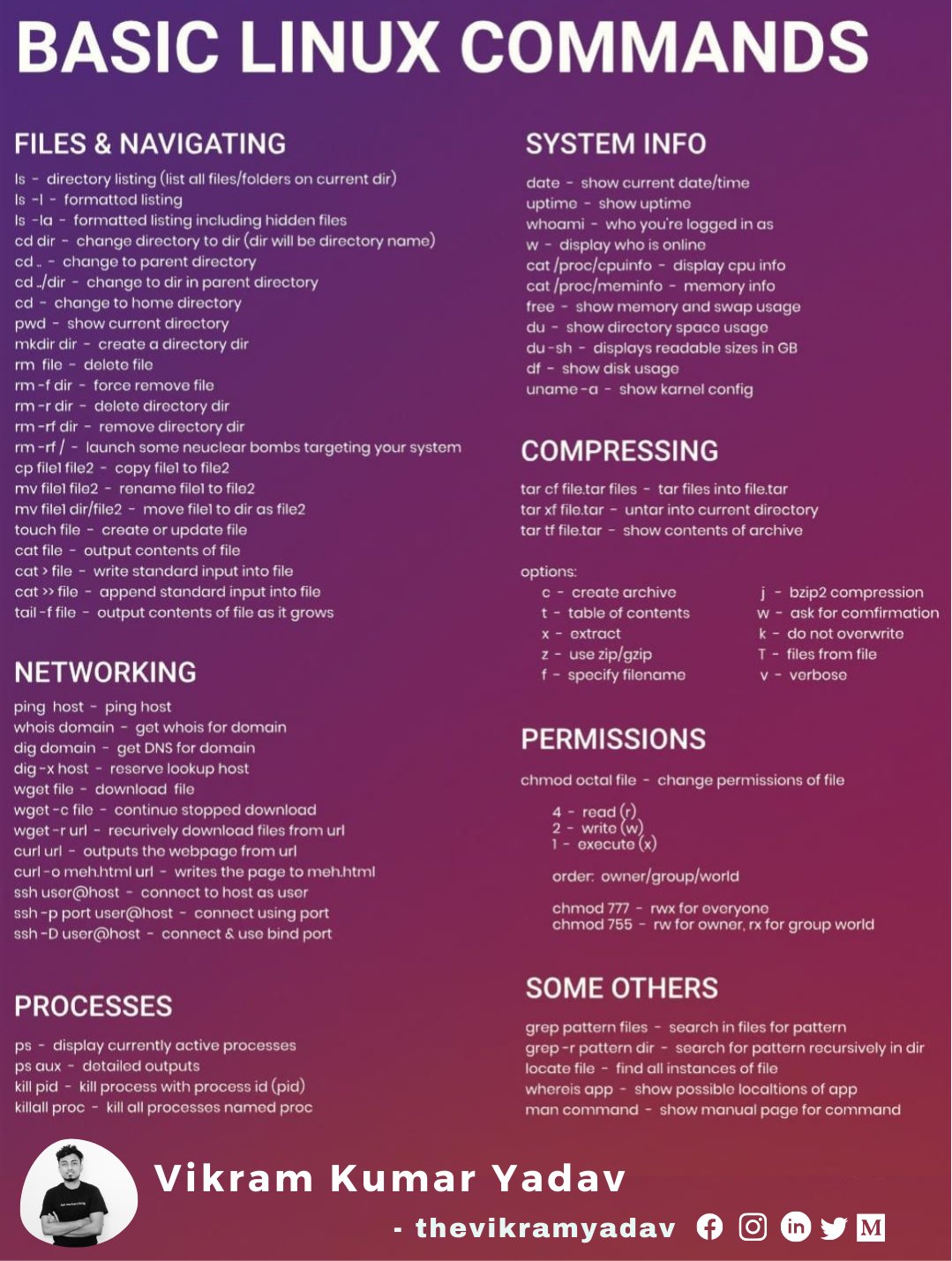


Vikram Kumar Yadav Newbie Linux Command Cheat Sheet Linux Commands New Splunk Linux Hacking Vikram Programming Cybersecurity Coding Thevikramyadav Softwaredeveloper Devops Programmingmemes T Co Ae7avzd2mm



Understand Linux File Permissions And Use Chmod Itnext



Vc8tbwgpngtuim



Basic Unix Commands
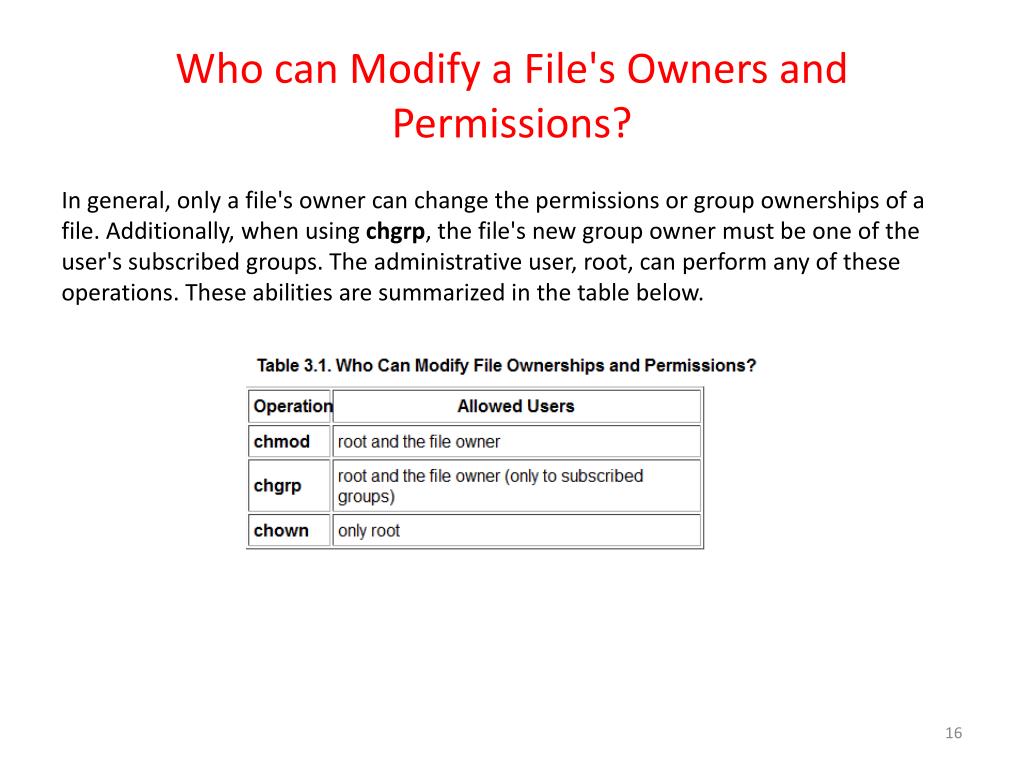


Ppt Workbook 4 File Ownerships And Permissions Powerpoint Presentation Id
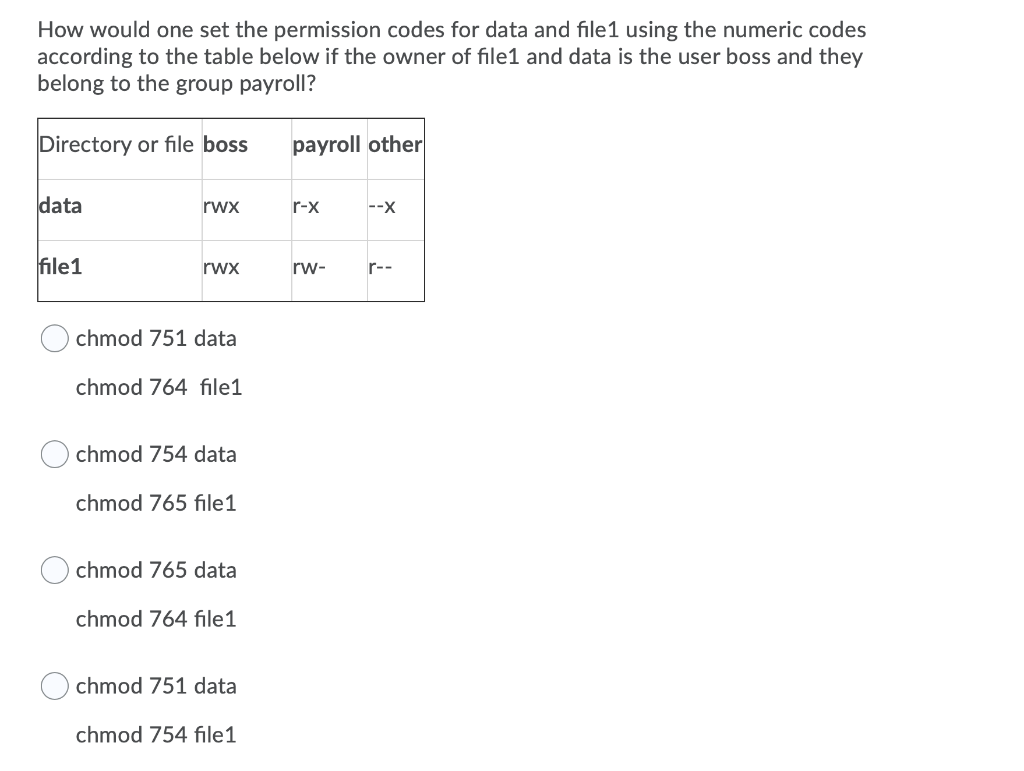


Solved How Would One Set The Permission Codes For Data An Chegg Com



Pdf Multimedia Support For Minix 3 Semantic Scholar


I Made This Chmod Cheat Sheet And Thought It Might Be Useful Linux4noobs



How To Use The Terminal Chmod Command Demystified And Put To Use Youtube



Linux Permissions Chart Page 1 Line 17qq Com



Table 1 From Shardfs Vs Indexfs Replication Vs Caching Strategies For Distributed Metadata Management In Cloud Storage Systems Semantic Scholar
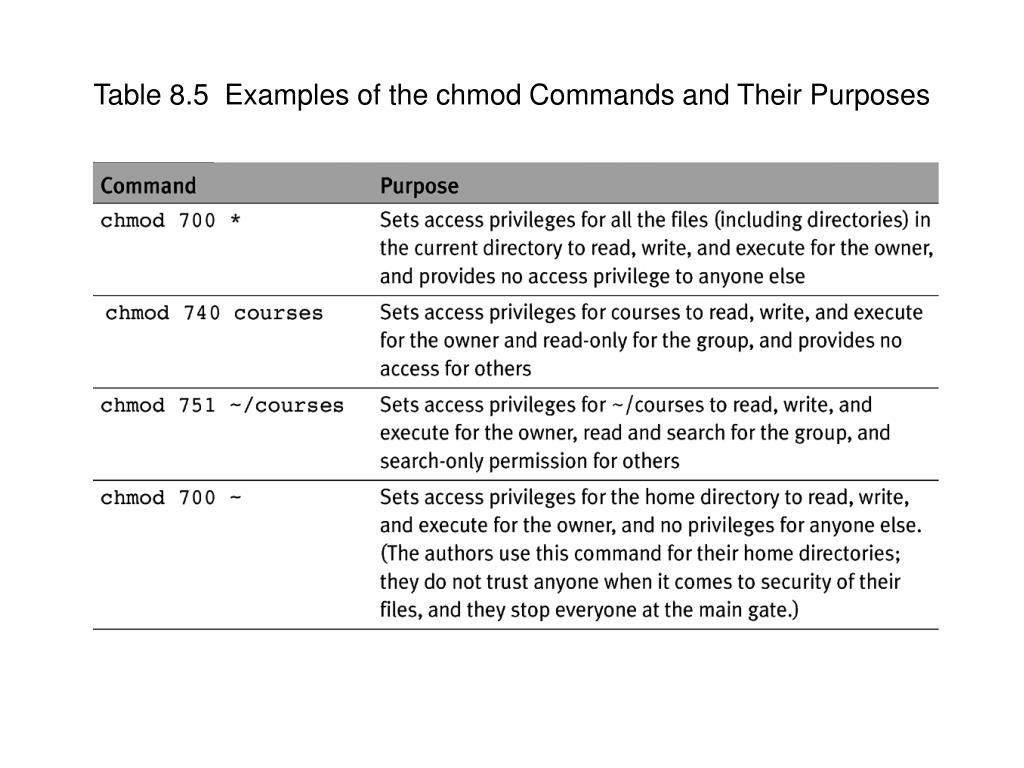


Ppt Chapter 8 Powerpoint Presentation Free Download Id
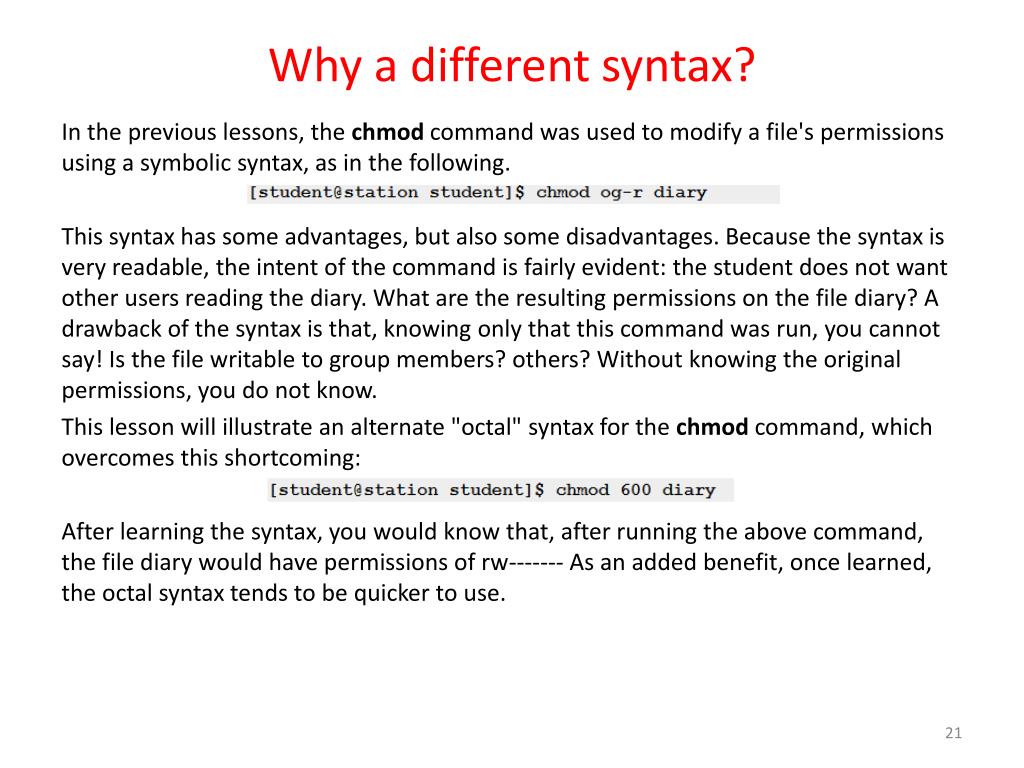


Ppt Workbook 4 File Ownerships And Permissions Powerpoint Presentation Id
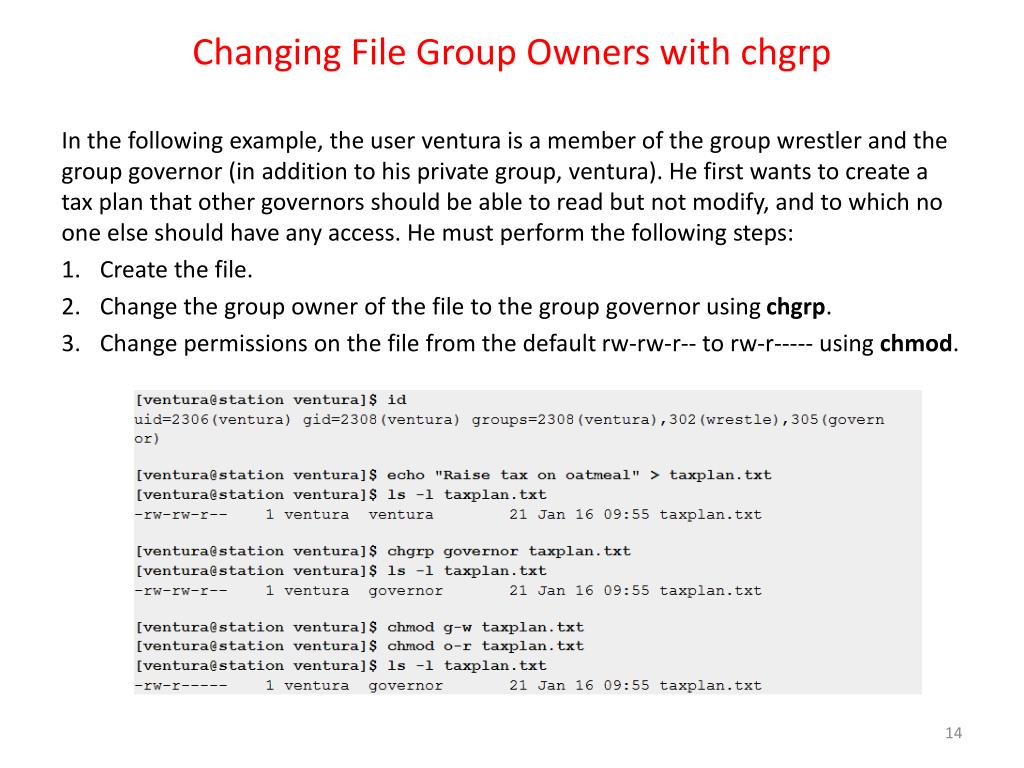


Ppt Workbook 4 File Ownerships And Permissions Powerpoint Presentation Id



Linux Command Line Cheat Sheet Kalitut



A Bitesize Unix Tutorial With Pixel Art By James Scott Medium



Chapter 10 Managing File Permissions Red Hat Enterprise Linux 8 Red Hat Customer Portal



How To Install Apache Tomcat 8 On Ubuntu 16 04 Digitalocean
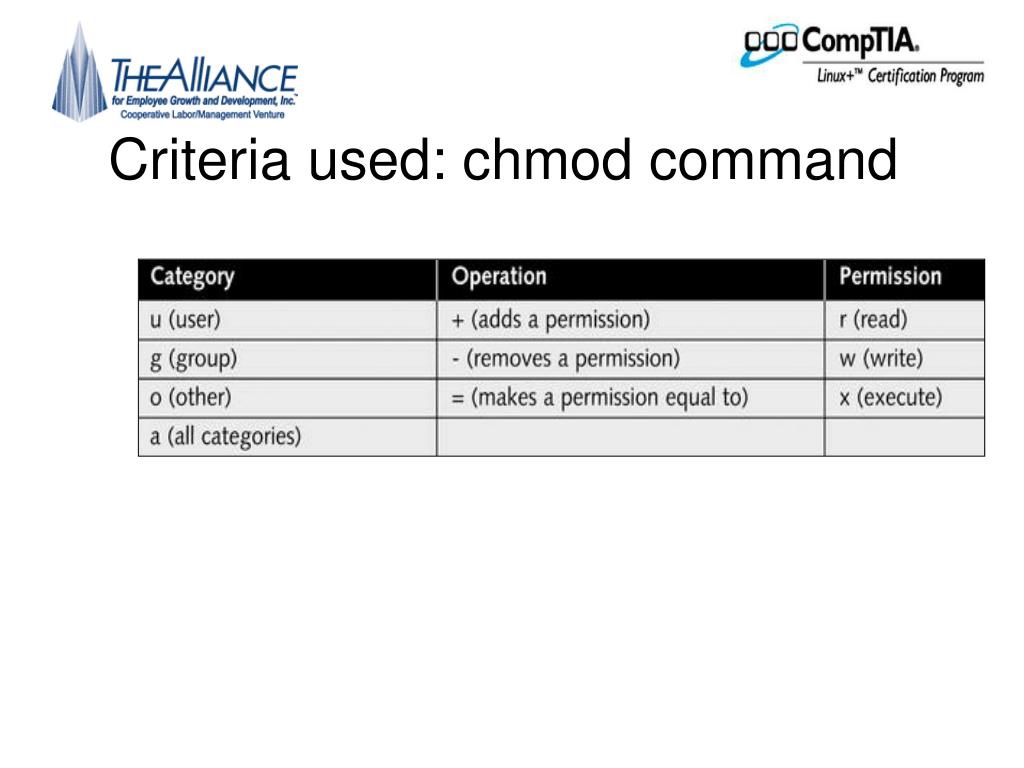


Ppt Filesystem Management Powerpoint Presentation Free Download Id



0 件のコメント:
コメントを投稿